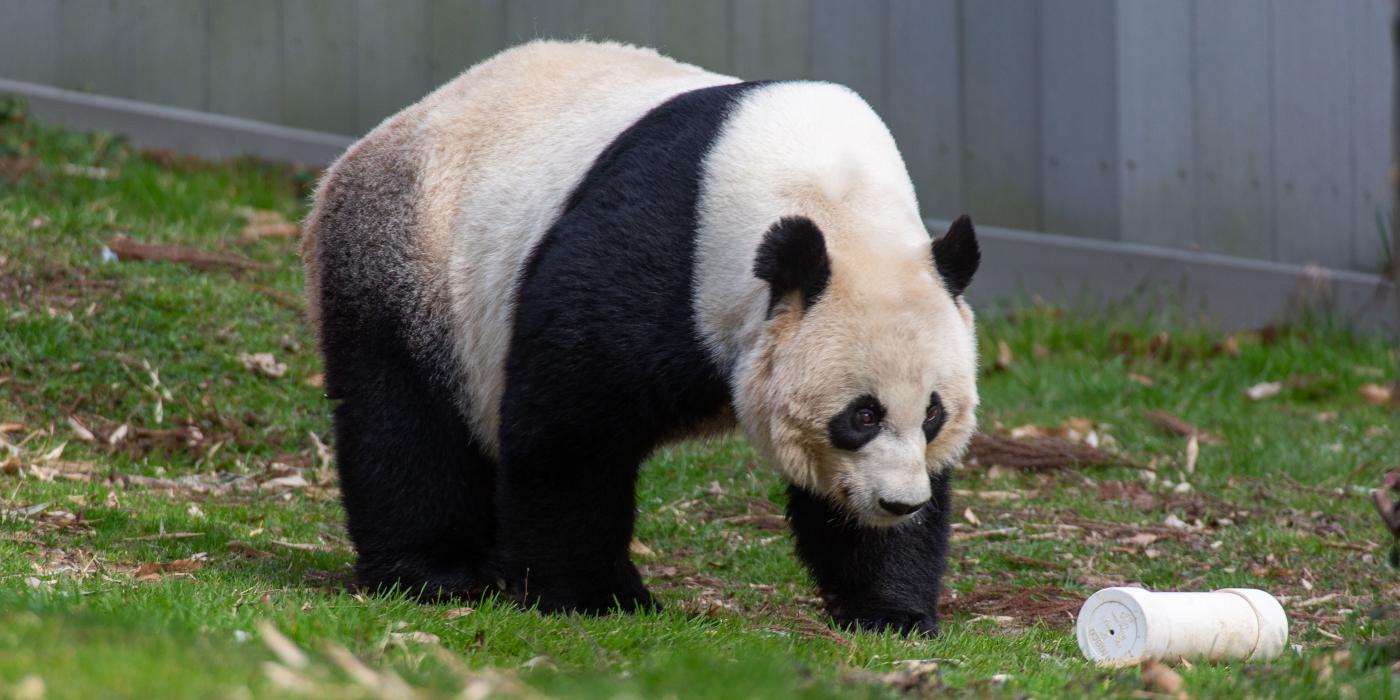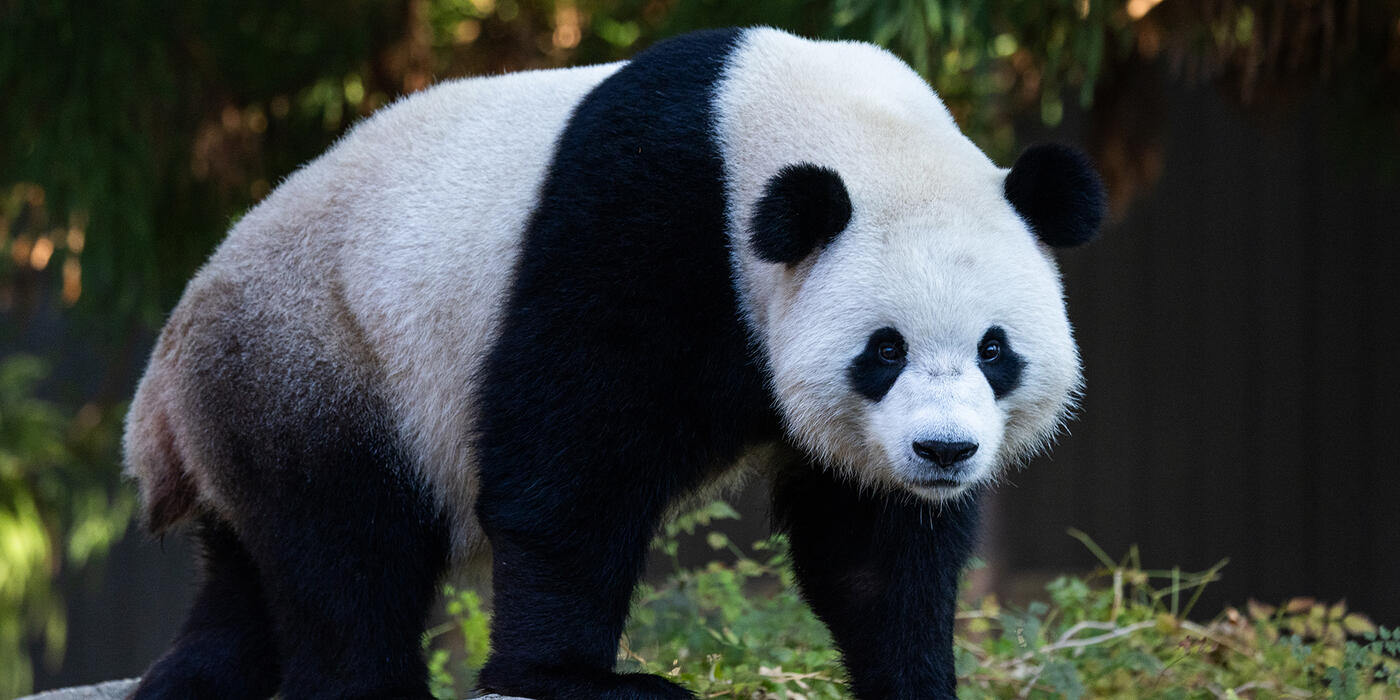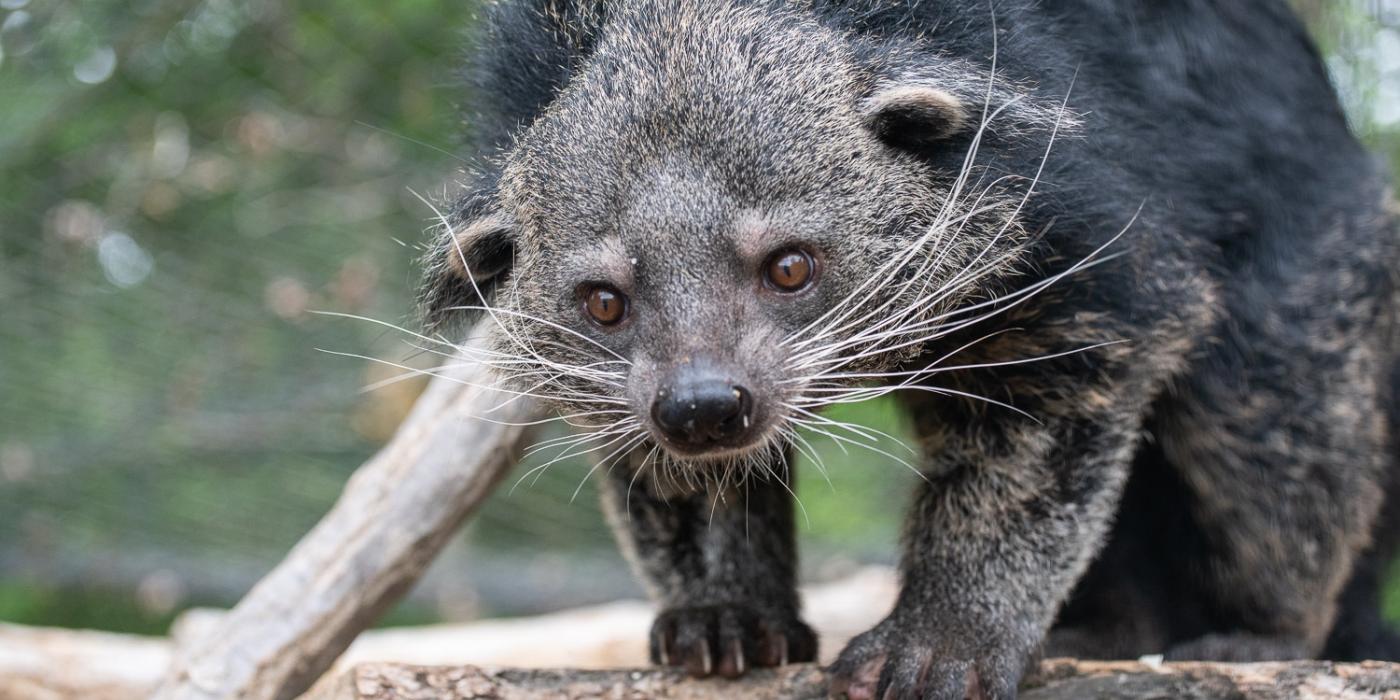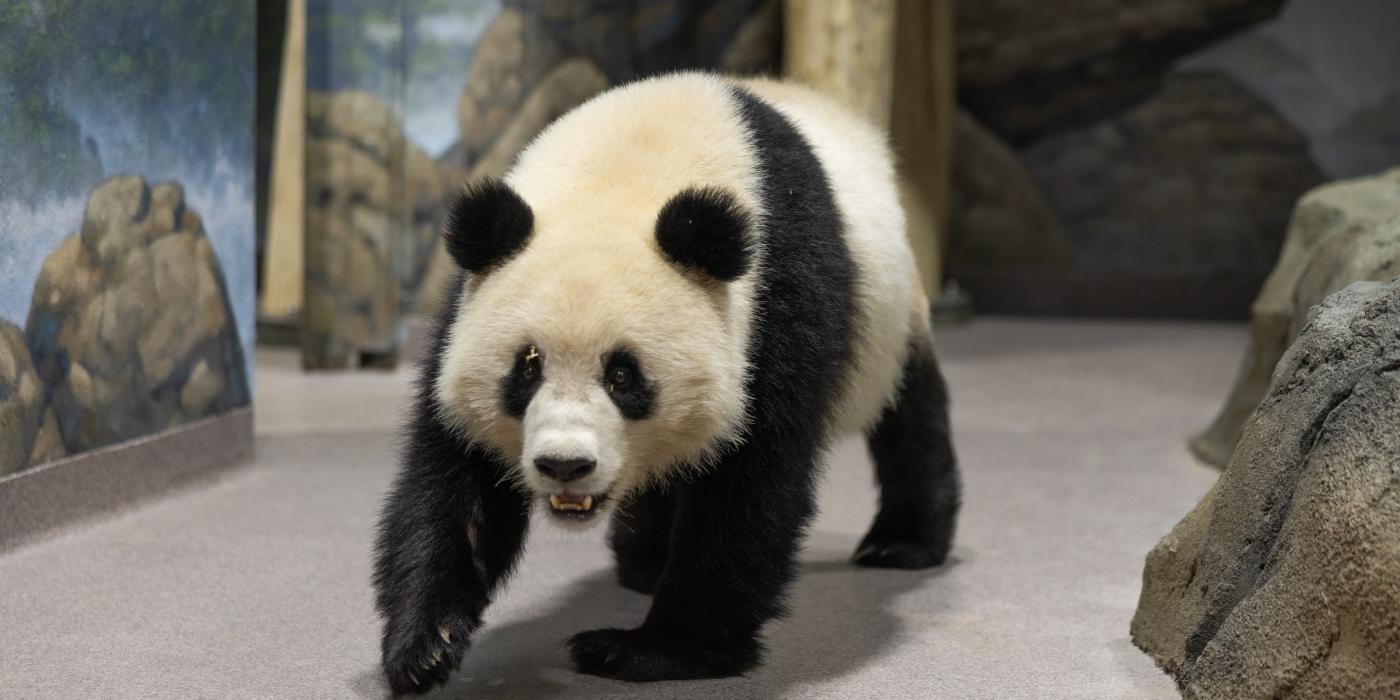Giant Panda Update: From Bamboo Shoots to Training Chutes
Summer is in full swing at the David M. Rubenstein Family Giant Panda Habitat, which means that Mei Xiang and Tian Tian have transitioned from eating the stalk (or culm) of the bamboo to only eating the leaves. (If you missed our last update about bamboo shoot season, catch up on the news here.)
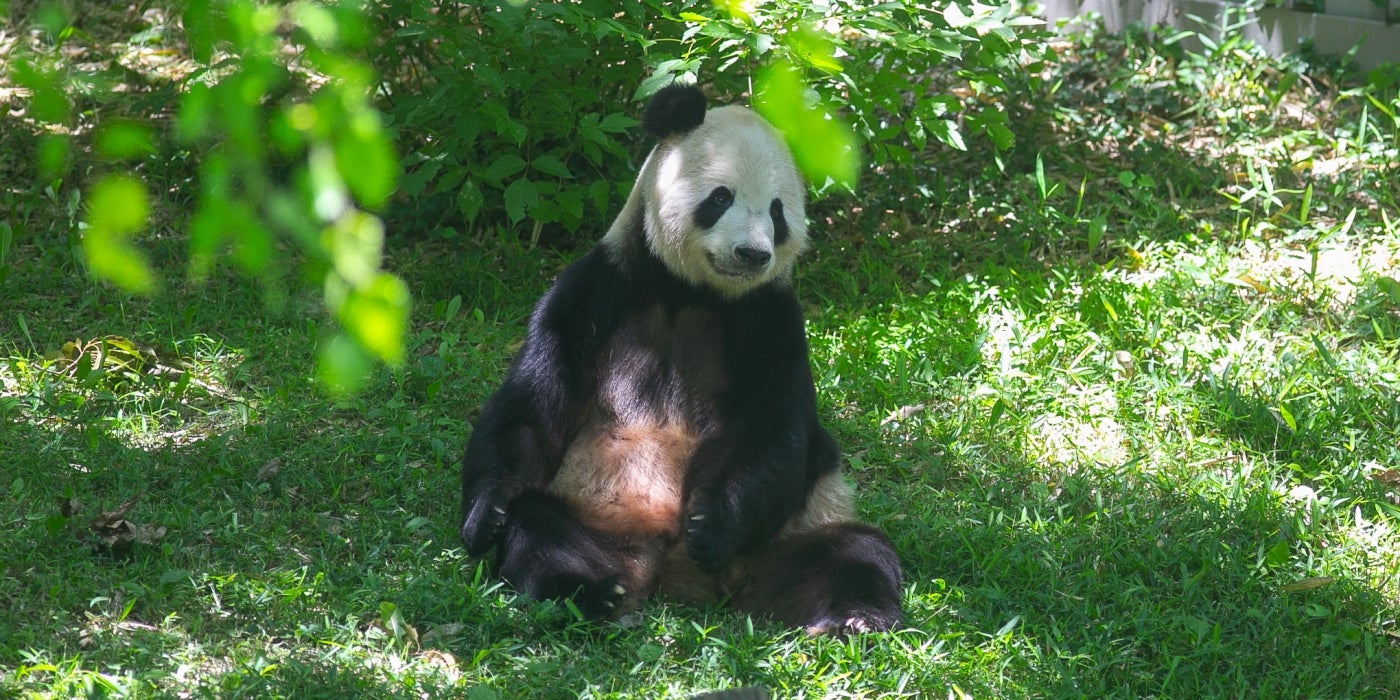
Tian Tian has been very playful lately! He seems to enjoy playing chase with keepers in the chutes situated between his indoor enclosure and outdoor habitat. We remember how his son Bei Bei used to do this as well, and it brings up many fond memories for us.
Since Mei Xiang’s artificial insemination March 22, we have been keeping a close eye on her. Now that we are in the potential birthing window—three to six months following insemination—the panda team is on the lookout for signs that she is nearing the end of either a pregnancy or pseudopregnancy. A pseudopregnancy occurs when Mei Xiang’s hormones and behavior mimic a pregnancy even if she is not actually pregnant.
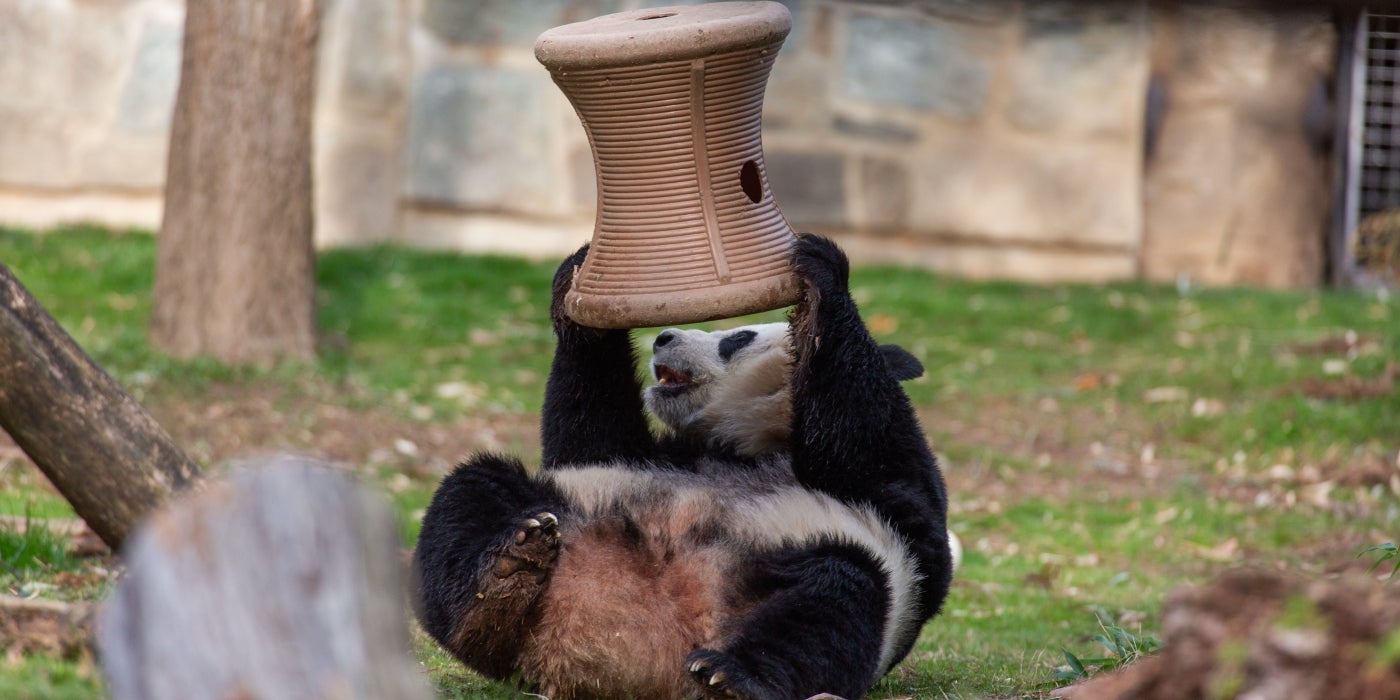
Keepers have noticed very slight changes in Mei Xiang’s behavior. In mid-June, our colleagues at the Smithsonian Conservation Biology Institute’s endocrine lab analyzed the hormones in her urine and detected a rise of progestogens. While this could indicate the possibility of implantation, it does not confirm a true pregnancy since giant panda females can have pseudopregnancies. Behaviorally, around this time Mei Xiang began bringing bamboo into her den and constructing a small nest.
As Mei Xiang nears the end of her pregnancy or pseudopregnancy, we would expect to see her spend much more time nest-building and resting in her den. She might also lose interest in food. Lately, she has been spending time outside and continues to have a hearty appetite. Other behaviors, such as cradling objects and reacting to noise or medical procedures, can also indicate we are nearing the end of the window, but Mei Xiang has not demonstrated these behaviors.
To track Mei Xiang’s pregnancy or pseudopregnancy, we conduct weekly ultrasounds in the training chute to examine her uterus for any signs of a cub. During her most recent procedure, our veterinary team did not see evidence of a fetus. Although they noted some changes to her uterus, it does not appear to be developing further. As long as Mei Xiang chooses to participate, we will continue to monitor her via ultrasound.
Since her appetite has not decreased, we reward her ultrasound participation by offering her chunks of carrot and apple, which are part of her normal diet, or we may offer honey water—a super special treat—as an added incentive to participate. Once the procedure is over, Mei Xiang scent-anoints by rubbing the ultrasound gel all over herself. We always get a kick out of it!
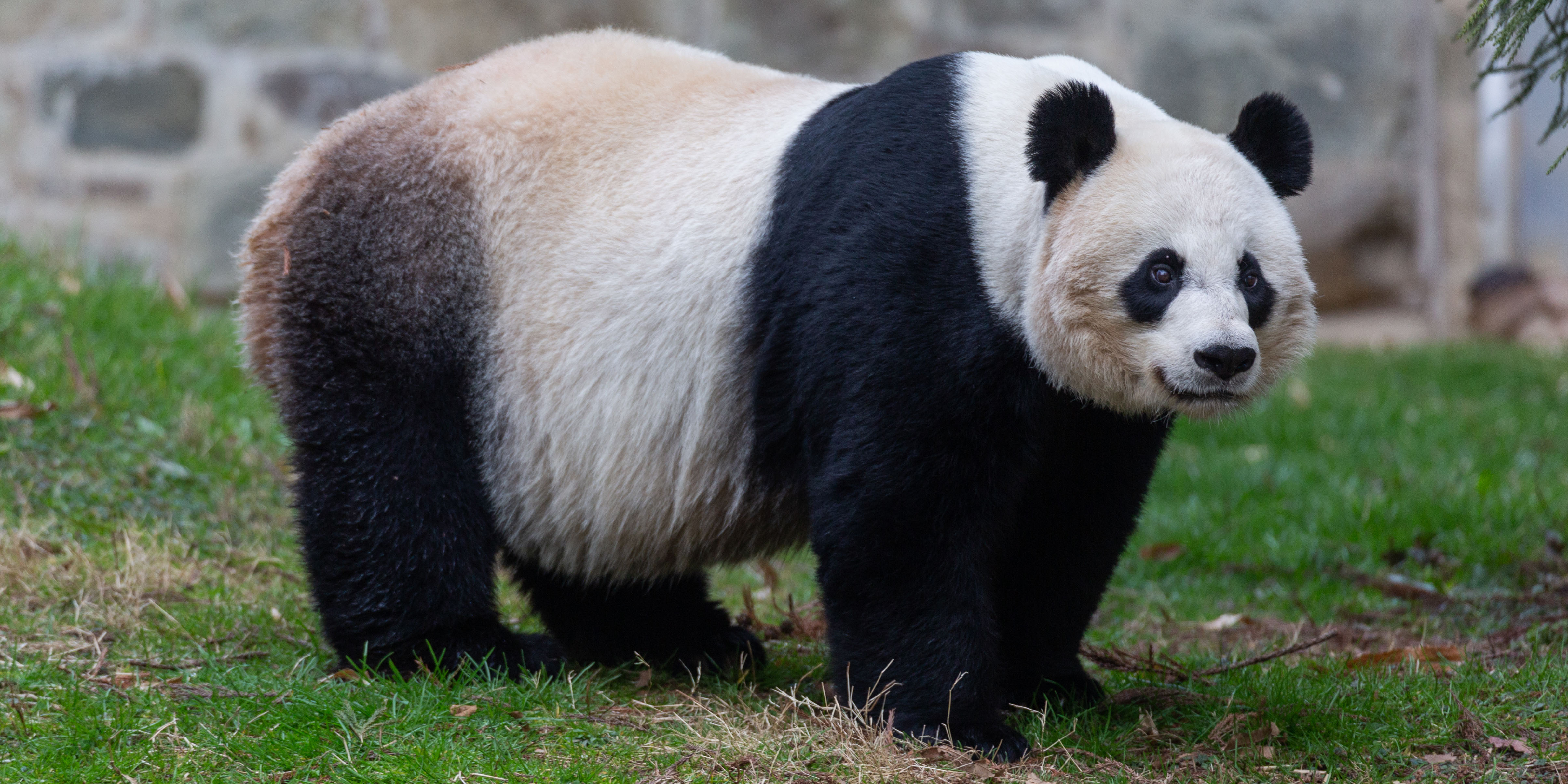
When the Smithsonian’s National Zoo reopens July 24, the Panda House will remain closed to provide Mei Xiang with a quiet place to rest. Many other indoor exhibits will also be closed in alignment with our COVID-19 safety precautions. Visitors will be able to view Mei Xiang and Tian Tian in their outdoor yards from the upper viewing along Asia Trail. If you are planning to see the giant pandas, we suggest reserving your timed entry passes early in the morning, as that will be when they are most active. We look forward to welcoming you back to the Zoo!
This story appears in the July 2020 Giant Panda Bulletin. Miss Mei Xiang and Tian Tian? Check them out on the Panda Cam!
Related Species:

